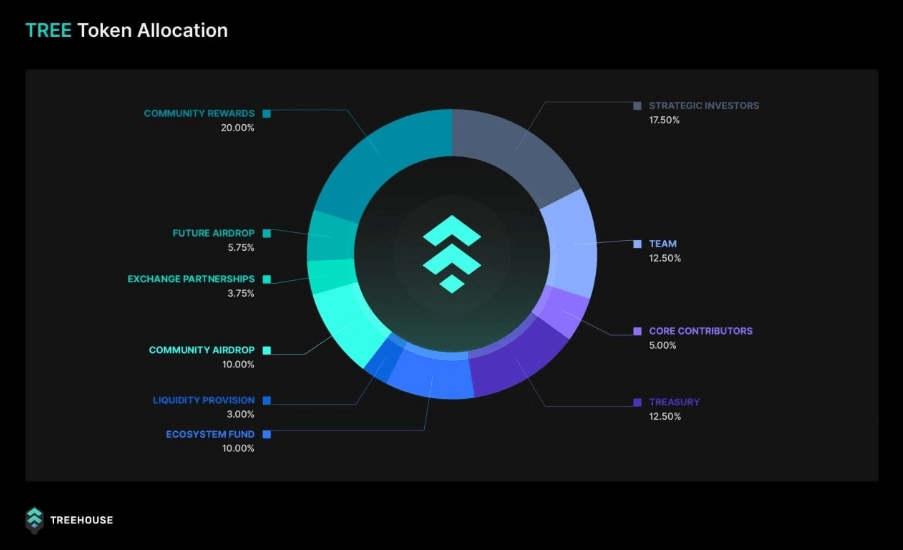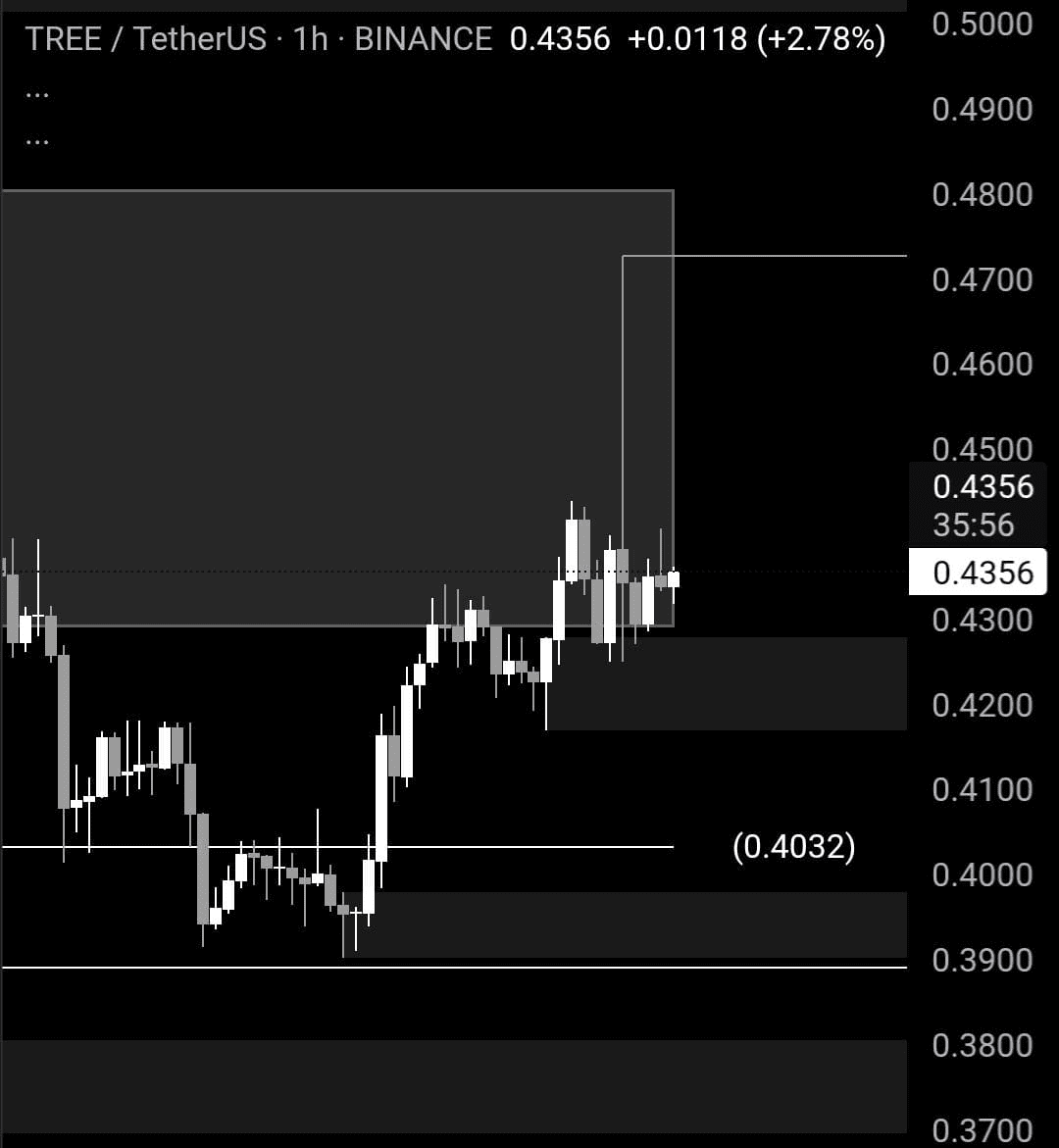
Overview
Treehouse is pioneering the next wave in DeFi by introducing institutional-grade fixed income infrastructure—anchored in on-chain transparency and predictability.
It brings together tAssets and Decentralized Offered Rates (DOR) to solve fragmented yield markets, missing benchmarks, and volatile returns.
Its first product, tETH, marries yield aggregation with staking, while DOR creates consensus-based benchmark rates that serve as the backbone for lending, derivatives, and structured products.
Core Offerings
• tAssets – Wrapped liquid staking tokens (e.g., tETH) that auto-harvest PoS rewards plus yield arbitrage.
• Decentralized Offered Rates (DOR) – A consensus-driven benchmark rate similar to LIBOR/SOFR, made transparent and trustless via staked panelists.
• TREE Token – The protocol’s utility and governance asset, powering Pre-Deposit Vaults and rate-forecast staking.

Technical Edge
• Yield Unification – tAssets converge fragmented ETH yields into composable tokens ready for DeFi use.
• Rate Consensus Security – DOR incentivizes accuracy by rewarding rate submissions from trusted operators
• Native Protocol Transparency – All components—from rate setting to yield rewards—are governed and audited on-chain.
Innovations & Funding
• $400M Valuation, backed by institutional heavyweights—Binance Labs, Lightspeed, Jump, GSR, SoftBank, and more—underscores trust in Treehouse’s vision
• Rapid Market Traction – Since its September 2024 launch, Treehouse has amassed over 30,000 users, secured 120,000 ETH TVL, and expanded tAssets across chains like Arbitrum.
• Token Launch with Utility – The TREE token (TGE “Gaia”) is now live across top CEXs, with Pre-Deposit Vaults offering up to 75% APR.

Why It Matters
Treehouse lays the foundation for predictable, transparent, and scalable fixed income in DeFi—where yields are composable, benchmarked, and dependable.
By weaving together yield consolidation (tAssets), consensus rate inputs (DOR), and real returns (TREE incentives), it directly addresses DeFi's yield fragmentation.
This enables future-forward financial structures—like bonds, swaps, derivatives, and credit markets
